INCORPORATING CARBON SEQUESTRATION POTENTIAL INTO RESTORATION PLANNING
Using regionally relevant information and best available science related to carbon sequestration, Watershed is providing the Port with estimated sequestration rates for its proposed restoration efforts along Elliott Bay and the Lower Duwamish River.
It’s important to think in the long-term when restoring an ecosystem.
When we design a restoration project —like an off-channel marsh on the Duwamish River, for example—we’re not only thinking about how to improve habitat functions, but also how to ensure that plant communities and physical features will be resilient to changing climate conditions. For example, we may focus on including plants and habitat structures that will survive rising sea levels. Designs must be resilient and diverse to continue to function under changing climate conditions, but what if ecological restoration measures could also help reduce climate impacts?
Carbon sequestration refers to the long-term storage of carbon in plants, soils, geologic formations, and the ocean. Sequestration prevents carbon release to the atmosphere where it would otherwise contribute to global warming through the greenhouse effect. Carbon may be sequestered in long-lived organisms, buried in soils or sediments, or stored in deep low-oxygen waters.
A growing body of research indicates that estuarine and marine habitat restoration can help mitigate climate change through carbon sequestration. Specifically, “blue carbon” is carbon captured and stored in marine, nearshore, and coastal systems. Blue carbon is unique from carbon sequestration in freshwater wetlands because, while freshwater wetlands sequester carbon, they also release methane as a byproduct of decomposition of organic material. Methane is a more potent greenhouse gas than carbon dioxide, and in freshwater wetlands, its emissions tend to offset the potential benefits of carbon sequestration. Since methane emissions are negligible in estuarine and marine environments, carbon sequestration rates can be much more significant in those habitats.
Based on this emerging science, we investigated how 90 acres of proposed restoration in the Duwamish Estuary and Elliot Bay in Seattle may not only contribute to habitat restoration, but also simultaneously help the Port of Seattle in its progress toward carbon neutrality.
Our review of current, regionally relevant blue carbon data considered sequestration benefits of intertidal marshes, mudflats, eelgrass beds, kelp beds, and unvegetated subtidal habitats. We found that:
Designs must be resilient and diverse to continue to function under changing climate conditions, but what if ecological restoration measures could also help reduce climate impacts?
Sequestration of blue carbon is driven primarily by capture and burial of suspended sediments within the habitat.
A smaller percentage occurs through export of biomass and long-term storage in coastal sediments or deep subtidal areas.
Intertidal estuarine marshes support the highest carbon sequestration rates among those considered, at a rate similar to riparian forests.
More research is needed to determine eelgrass and kelp beds’ effect on climate change. Both plants produce a significant and promising amount of biomass each year. However, when the plants die, the amount that is rereleased to the atmosphere and is stored long-term in coastal sediments or deep subtidal areas is unclear. Concurrently, new research indicates that eelgrass and kelp beds may play another important role in mitigating the effects of climate change, as a buffer to moderate local effects of ocean acidification.
Understanding Blue Carbon. How carbon is exchanged and sequestered in aquatic and riparian habitats.
Our findings demonstrate that it’s important to consider both cause and effect when planning for and designing restoration projects. Climate change mitigation strategies can arise in unexpected places and should be considered as one potential benefit of marine and estuarine restoration projects. As climate change mitigation gains urgency and political momentum, our growing understanding of the auxiliary benefits of marine and estuarine habitat restoration projects on the climate can help planners and policy-makers make a stronger case for getting more projects in the ground – or water.
Interested in learning more about blue carbon and its benefits?
Here are some of the organizations studying and spreading the word about blue carbon:
Restore America’s Estuaries – Coastal Blue Carbon Initiative: https://www.estuaries.org/bluecarbon
The Blue Carbon Initiative: http://thebluecarboninitiative.org/
Toolkit for calculating blue carbon benefits in tidal wetland and seagrass restoration: https://toolkit.climate.gov/tool/coastal-blue-carbon-practice-0
Get in touch.
Want to talk through your restoration site's blue carbon potential? Drop us a line.









